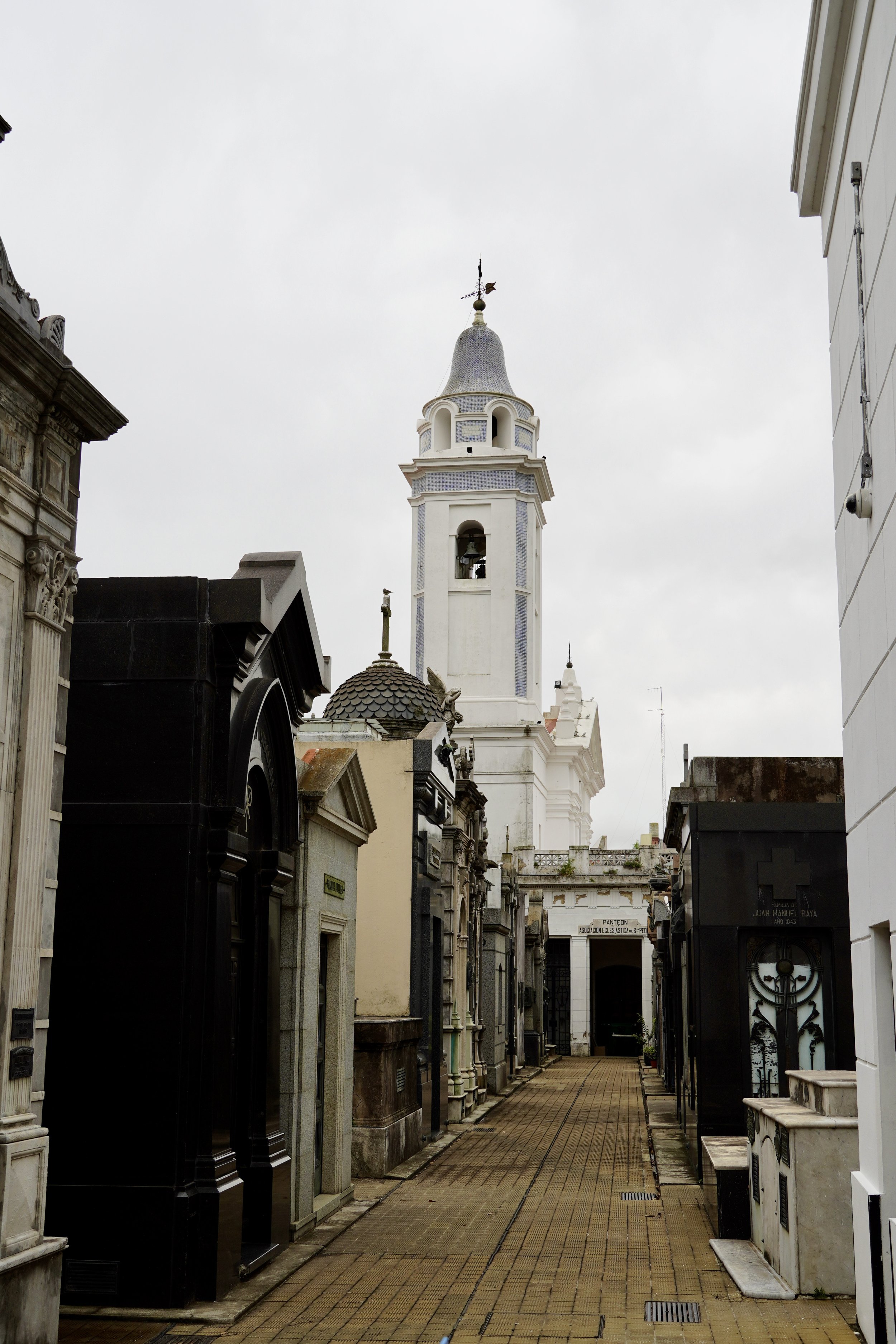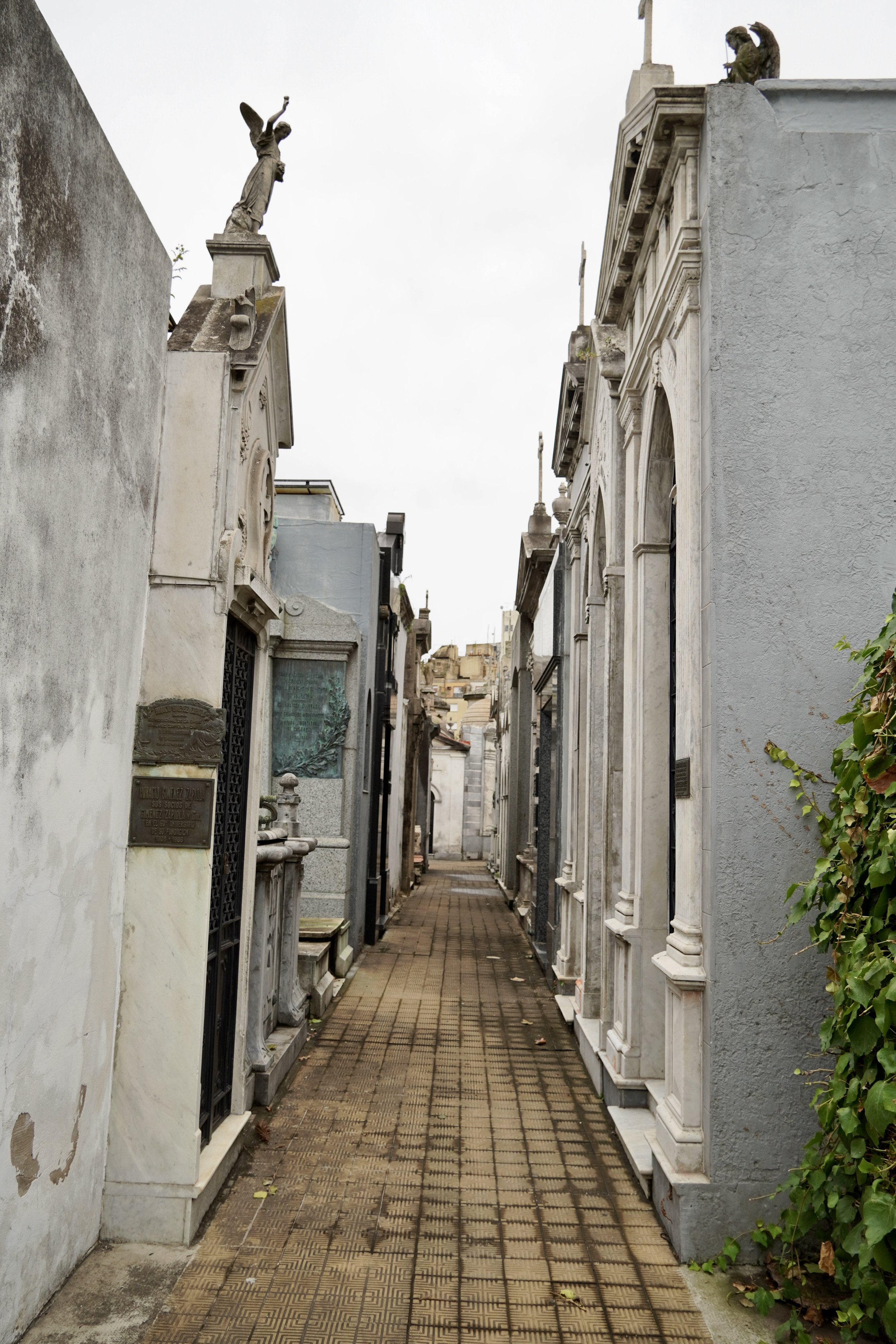Antarctica Part 1: Ottawa to the Drake Passage
We left our home in the depths of Gatineau winter on a Tuesday afternoon, enroute to our first destination, Buenos Aries, Argentina (Ottawa -> Montreal -> touch down and deplane to clear security in Sao Paulo, Brazil -> back on the same plane to Buenos Aries). After nearly 24 hours of travel, we disembarked only 2 hours ahead in timezones (the trip is nearly straight south of Ottawa), into Argentinian summer, a 50 degree Celsius temperature change.
We spent two days in Buenos Aries before meeting up with our Antarctica tour group. Though this was not the main purpose of our trip, nor the intended subject of this trip recap, Buenos Aries is an interesting city and I feel it deserves a shout out with a few highlights. We stayed two nights in Palermo Soho, a walkable neighbourhood teeming with incredible culinary experiences. The food culture here is seriously unreal. If you ever get the chance and aren’t vegetarian, you must try the steak.
The Buenos Aires Botanical Garden (officially named: Jardín Botánico Carlos Thays de la Ciudad Autónoma de Buenos Aires)


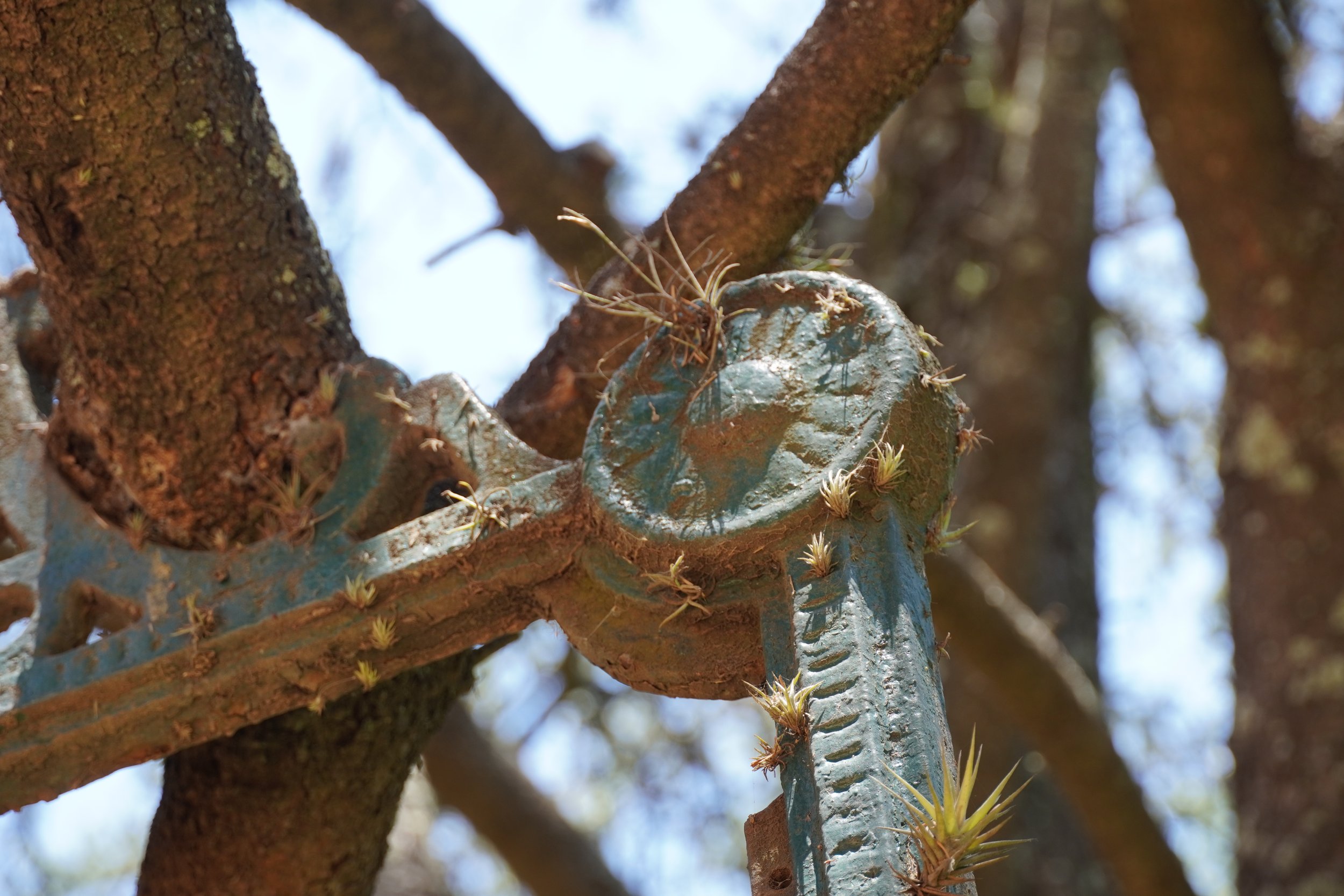
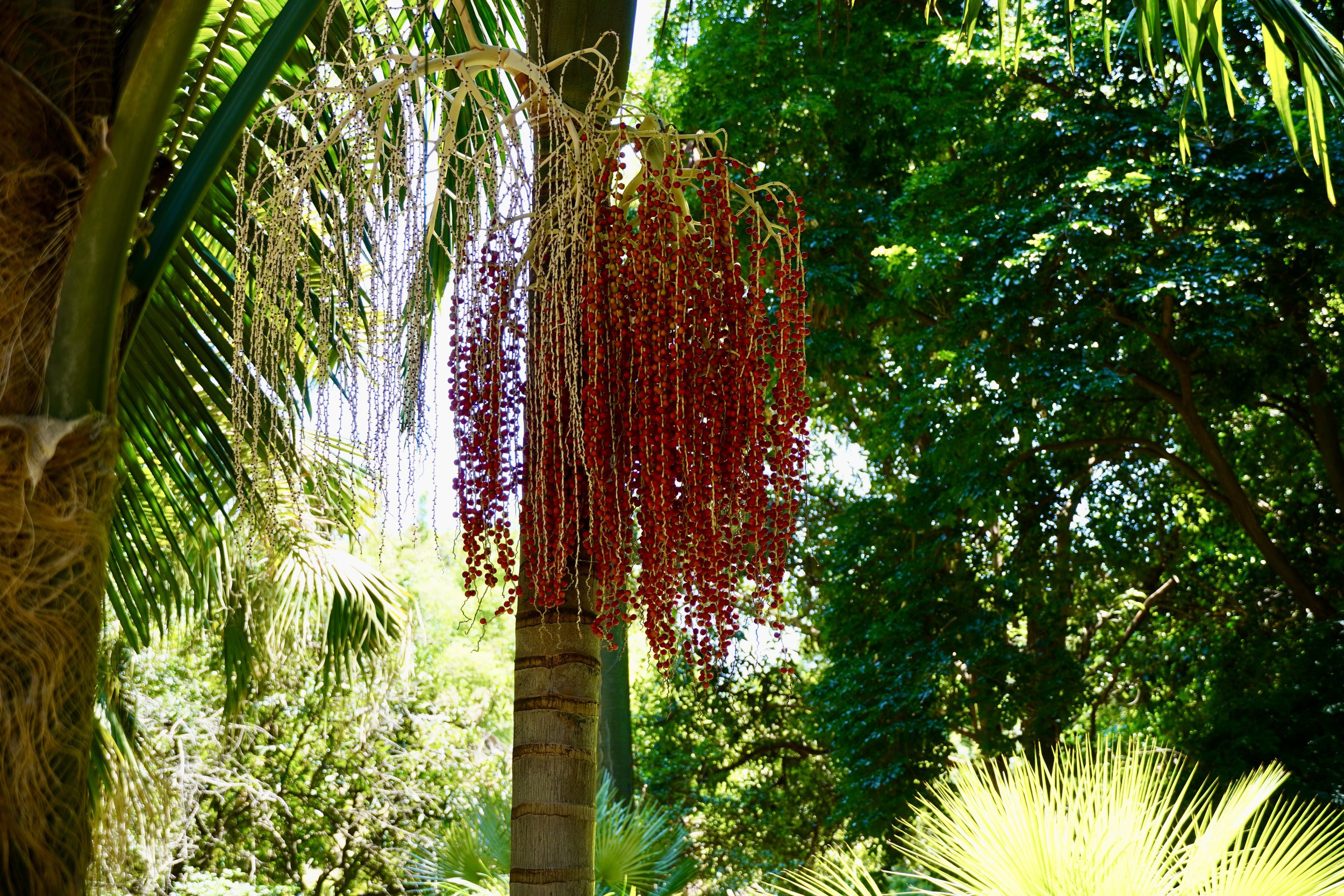
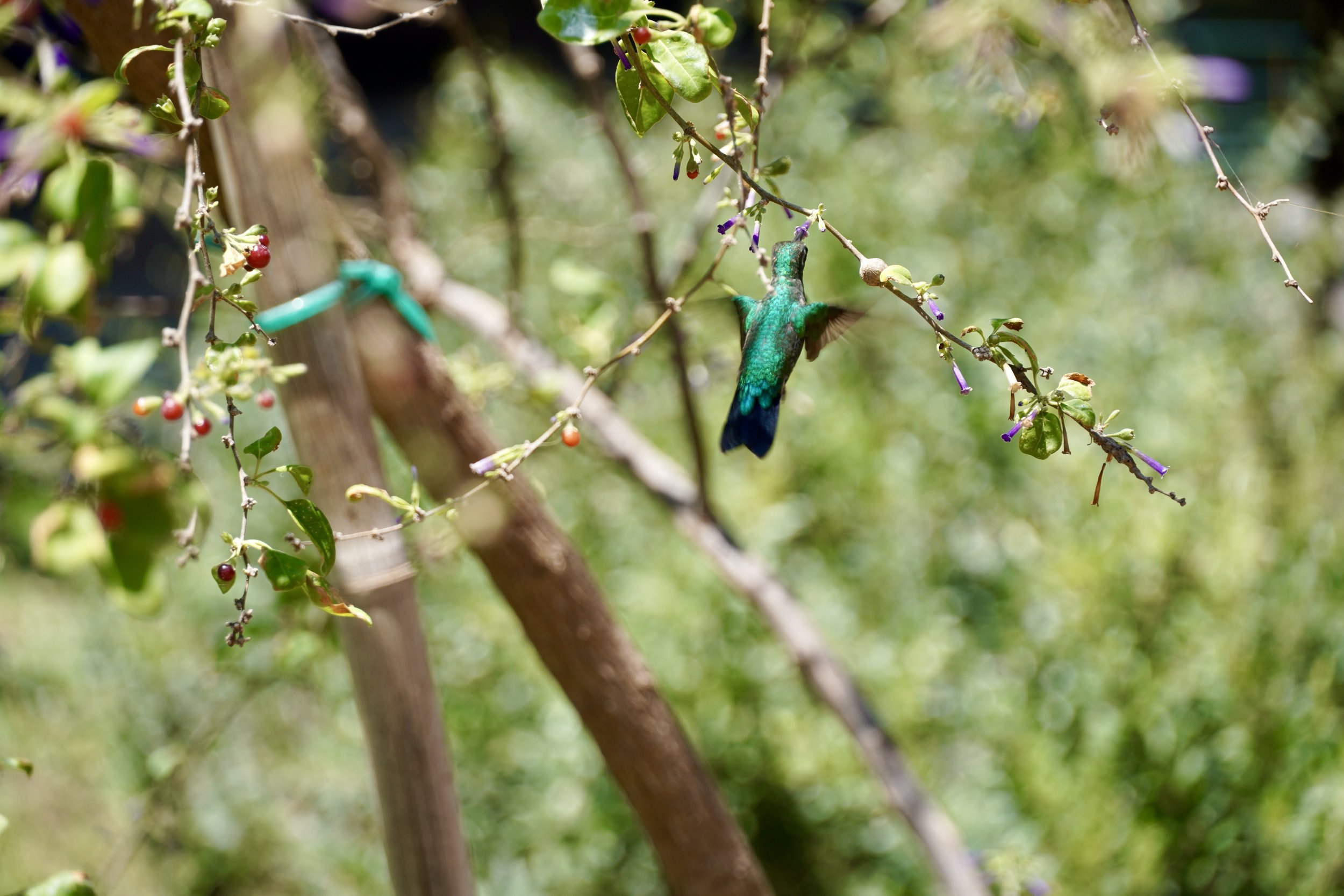
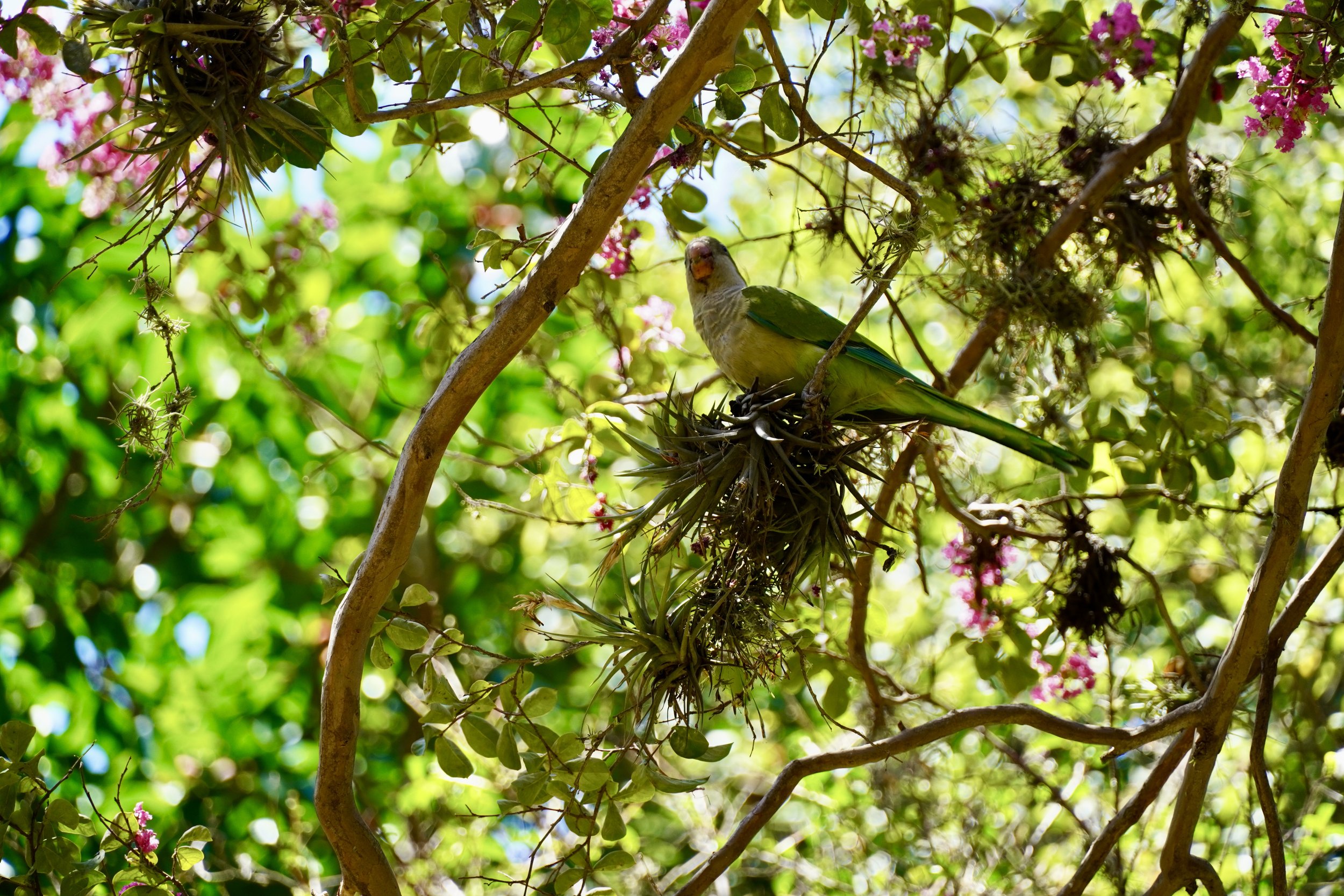
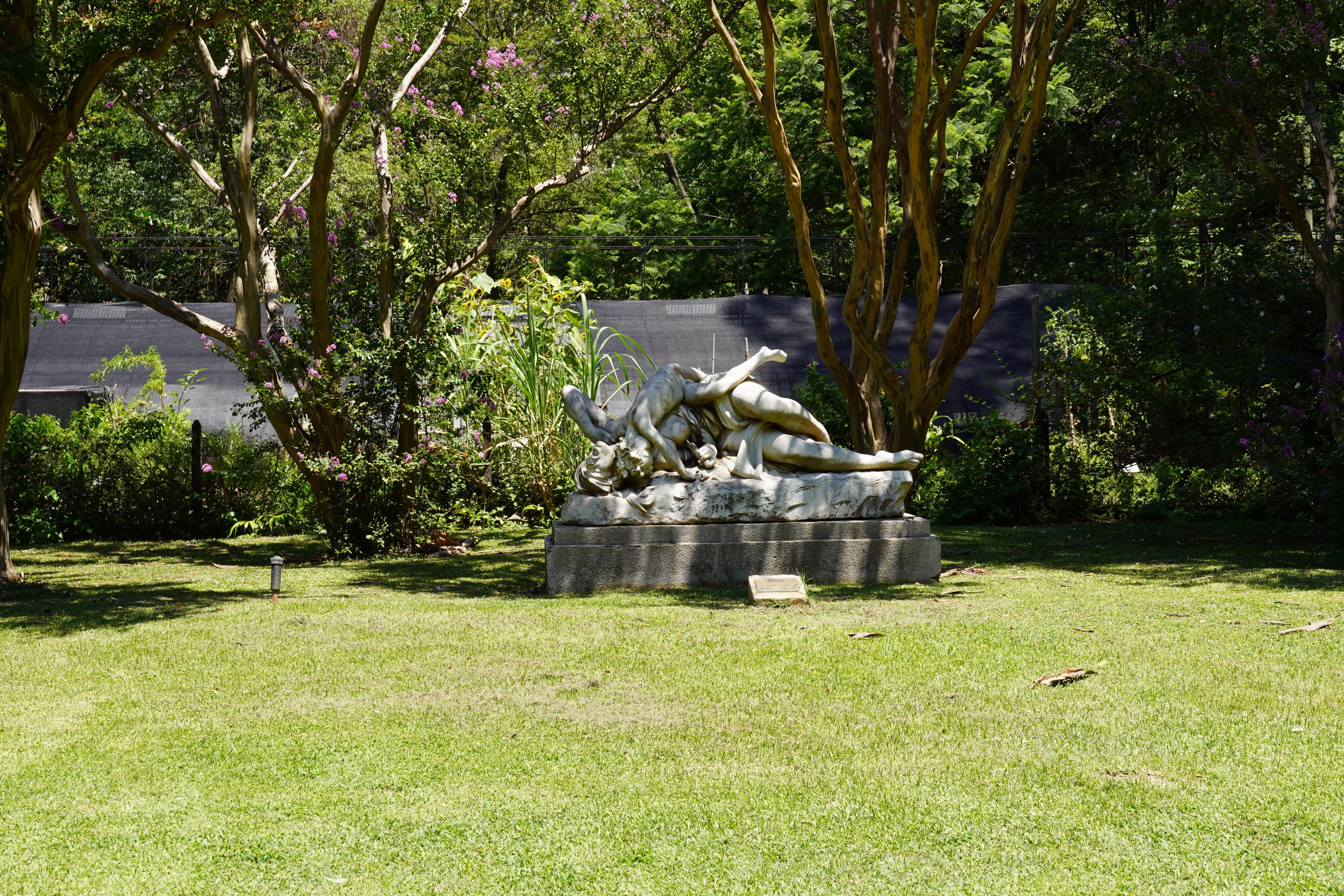
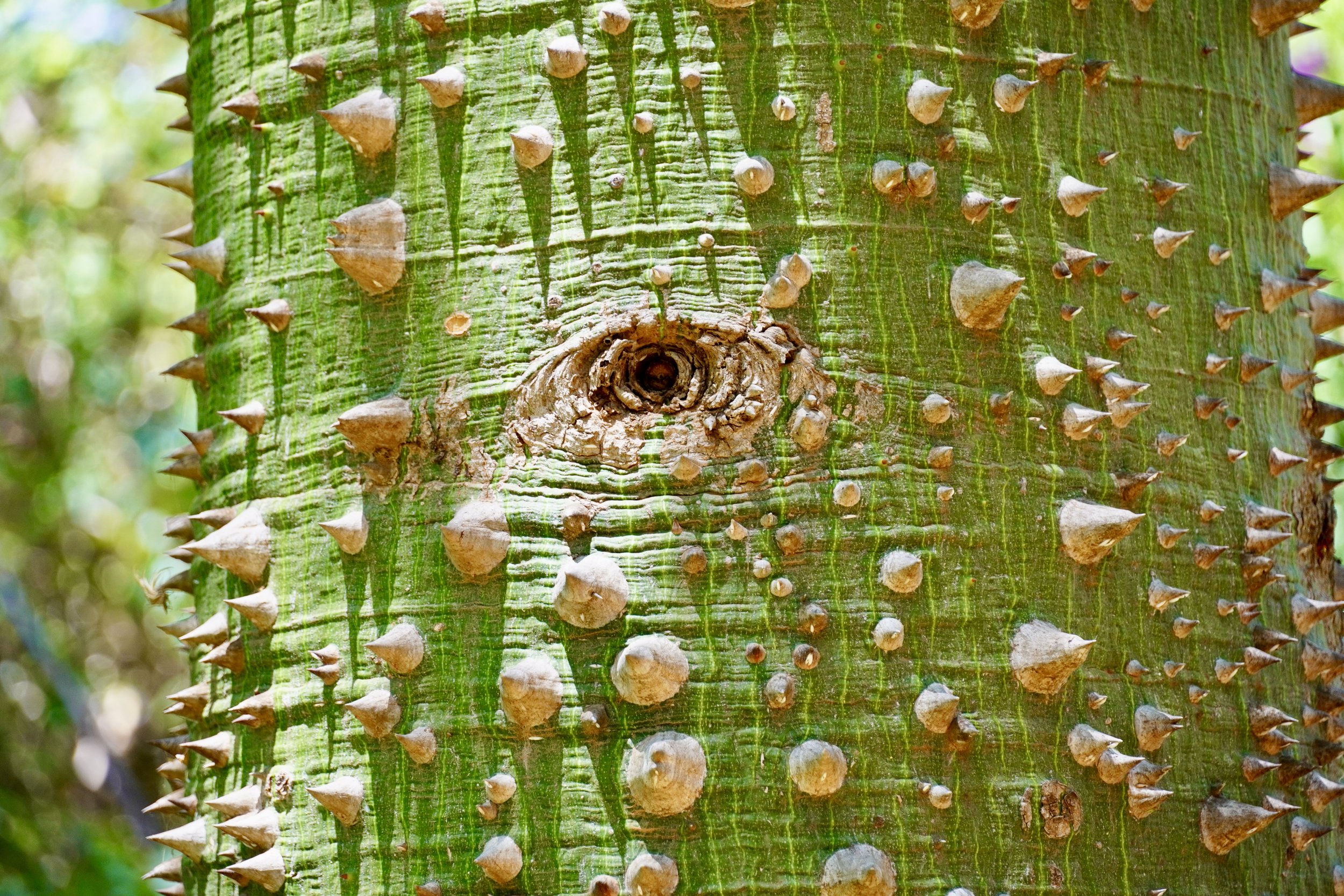
The Recoleta Cemetery
There are more than 6000 mausoleum-style graves in the Recoleta cemetery, creating a labyrinthine of hauntingly beautiful architecture you could spend hours exploring. It is a unique intertwining mix of centuries old combined with newly built final resting places. Over the years, some families that have distant relatives laid to rest in the cemetery have ignored the necessary upkeep of the grave sites, so some of the crypts are falling apart. The Argentinian government recognizes the historical importance and uniqueness of the cemetary, and decided to take over its costly maintenance. This is why there is now an entrance fee to foreigners (Argentinians get in free). However, the cemetery is not a museum, you can purchase a mausoleum plot from a family that either no longer can afford or does not want their family’s crypt. These plots range from $40,000 to $150,000 USD (upgrading to a brand new fancy full granite crypt is extra). You can find crypt plots for sale on Mercado Libre, Argentina’s eBay.
Teatro Colon - Buenos Aries Opera House
One of the world’s greatest opera houses with arguable the best acoustics you can find - pretty much anyone that is anyone has performed here, and it’s renowned for its incredible acoustics and impressive architecture. Locals like to tell you that a professional opera singer won’t achieve full pro status until they have performed at the Teatro Colon
¯\_(ツ)_/¯
Two days later we joined up with our tour group for cocktails and our first debriefing from our expedition leader, Michael Jackson (seriously). He gave us a rundown on what to expect over the next 10 days. Our first adventure was going to be crossing the Drake Passage to the Antarctic Peninsula, and we were about to experience exactly why this body of water is so renowned.
The Drake Passage is 800km of open ocean between South America’s Cape Horn and the South Shetland Islands of Antarctica. It channels the uninterrupted flow between the Atlantic, Pacific, and Indian Oceans, producing the strongest ocean currents on the planet. Coupled with punishing winds uninterrupted by land mass along its latitude, you have a perfect recipe for sea sickness. As Michael informed us, we were’t about to get off easy. They were predicting impressive six meter swells (which he explained none to reassuringly is actually about medium range for the Drake). It was going to be a rough crossing.
The next morning we took a chartered flight from Buenos Aries to Ushuaia, Argentina (phonetically oo-SWAI-uh). The flight was 3.5 hours. We touched down and were sent for lunch on a catamaran and a cruise around the bay, while the ship’s staff finished preparing the vessel for our upcoming journey.
Ushuaia, the most southernly city in the world. Population 80,000, summer daytime highs of 12 degrees Celsius.
During the catamaran cruise we caught our first glimpse of antarctic fowl - the Imperial Cormorant, and some beautiful views of Mount Olivia. A preview of the adventure to come.
None of the white covering that island is snow. Bird colonies living in pooh was a common encounter.
The excitement mounted as we boarded our ship, the National Geographic Explorer. It was a pretty surreal experience to embark our temporary floating home to 30 smiling crew and expedition staff welcoming us aboard. We checked in, admired the view from our room, and headed to the lounge for a glass of champagne and watched the ship pull away from port.
Here we met some of our expedition staff, including National Geographic photographer Susan Seubert. We got chatting with her about her experienced crossing the Drake, and how she felt about the looming six meter swells. She said the size of the swells isn’t the only consideration, but the wind can really make a difference, if it wasn’t very windy it wouldn’t be as bad. She took out her phone to check WINDY, an app that forecasts the intensity and direction of the wind by the hour, explaining they even use this app on the bridge it’s so useful. As the app loaded, she immediately covered her screen “WOAH! OK Don’t look at this!!!,” and tried to put her phone away. It took a little coaxing for her to give us the details, but basically the Drake was going to be EXTREMELY windy for our crossing, adding “it isn’t usually this dark magenta colour.” Great.
Photo credit: Susan Seubert, National Geographic photographer
With that little piece of intel we said good by to South America as we passed through the lake-calm waters of the Beagle Channel, onward to our two-day crossing of the Drake Passage.
Enjoying some final moments of calm waters on the Beagle Channel.
About midnight I woke to the incessant rise and drop of the ship’s movement. We had just passed the Cape Horn and were now into open water. It was reminiscent of someone pushing you really high on a swing, when you get that little rush of a fall before the swing catches and you pendulum in the opposite direction. Not an easy sensation to sleep through, so at around 5am I gave up and decided I would investigate what exercising on the Drake passage felt like.
The Explorer has a small gym with gorgeous panoramic windows fortunately located on the upper deck facing the back of the ship. I quickly discovered that the movement of rough seas are not as drastically nauseating at the back of the ship for some reason, so why not give the treadmill a go then? Maintaining some resemblance to a vertical position relative to the surface of the earth while running on a moving surface that is moving on another moving surface turned out to be more entertaining than nauseating, like some sort of funhouse crooked floor. Run up the wave, run down the wave, up the wave, down the wave. I was having a hoot! And what a view! This moment is precisely where I fell in love with the wandering albatross.
The wandering Albatross, the largest bird on the planet with an 11 foot wingspan. When a baby Albatross chick hatches, they stay land-bound for up to 280 days before finally taking flight. Once they do, they don’t return to land for 5-10 years!!! That is 5-6 years at sea. How? They are able to sleep while flying. Equally as amazing, once they reach sexual maturity, they end their prolonged sea adventure and usually come back to within 20 meters of where they were born to search for a lifetime mate (a process that can take 2-3 years, apparently there’s a lot of ‘dating’).
(This is all very fascinating isn’t it?!?! One of the benefits of the National Geographic expeditions is the myriad of nature knowledge shared by the expedition staff. Free time aboard the ship was filled with presentations from ice experts, geologists, ornithologists, historians, and marine biologists. My notebook barely left my hand the entire trip, so stay tuned, this blog series is full of interesting Antarctica related things).
Large seabirds have a habit of tailing ships, eating what is churned up in their wake, so there is often a rookery of Albatross and a few species of petrel flying behind the ship, all flying with me during my too much motion treadmill run, making the entire sensory experience intoxicating.
It’s a common practice for biologists studying endangered or threatened species to tag the animal and track their movements. In the case of the albatross, biologists compared data from the tracking devices against satellite imaging, and began to noticed some of the albatross were tailing ships that had their mandatory tracking signals (Automatic Identification Systems - AIS) turned off. Why would a ship have it’s AIS turned off unless it didn’t want to be found? Antarctica has historically been plagued by illegal fishing and whaling, which continues to be a significant problem for Antarctica’s conservation. You can manually turn off your AIS, so trying to locate illegal fishing boats in over 47 million square kilometres of ocean is like trying to find a needle in a proverbial haystack. Yet some brilliant soul researching Albatross decided to try using the tagged Albatross to locate illegal fishing boats. In only 18 months, 170 tagged birds located over 100 illegal fishing boats. That was more than 40% of the boats located and scrutinized within the Antarctic circle. Game, set, and match biology. (photo credit: C. Matheron/TAAF)
Back in the gym, my fun little treadmill experiment came to an abrupt end with the world starting to spin and me feeling quite ill. I went back to the room to lay down, but watching the housecoats swing on the walls, and the waves crash above our window was not helping, so I decided maybe eating was worth a try.
We headed to the front of the ship, where the restaurant was unfortunately located. The rise and fall of the ship crashing over large swells is MUCH more noticeable at the bow, making breakfast a bit of a debacle. Glasses and plates were sliding off tables. You could periodically hear full stacks of glasses come crashing down in the kitchen. More than one person vomited, seemingly taking even themselves by surprise. One poor sucker was given the hilarious task of keeping the neat rows of tall narrow glasses of juice from spilling.
I will give full credit here to the serving staff. Their ability to balance and deliver a cup of coffee or a glass of wine while on the Drake, often seasick themselves, was astonishing. However, this was not helping, in fact it was way worse so back to the room to get horizontal, with a quick stop at reception where they hand out sea sickness meds like after dinner mints.
Temporary guidelines were installed so you could teeter gracefully to and from the dining room, rather than crash into someone else’s table.
For some reason it does feel better to be horizontal when motion sick, but it did beg the question, how much longer was this going to take? Wondering where we were on the Drake passage, we turned on our live feed of the ship’s position and this is what we saw…
“OMG!! We have barely gone ANYWHERE! There’s still so much distance to cover. There must be some very unhappy people on this ship.. “Pass the Gravol please”.
In the two days we spent crossing the Drake, I estimate 50 percent of the guests could not leave their rooms.
But the show must go on, and we were entertained by some great presentations, including an excellent photography class from a ship photographer, Jim Pfitzer (who kept his barf bag nearby). The astute pupil I am, I used my newly acquired phone photography skills to capture this still of my fabulous husband.
Since the back deck and I seemed to be getting along well enough, I spent much of my time crossing the Drake sitting on the back deck with my binoculars glued to my face, watching the seabirds fly. Will would occasionally join me to try his luck photographing birds in flight while standing on an unstable surface. Here’s what he captured:
Wandering Albatross
The Giant Petrel
These birds are clever if not somewhat ruthless hunters. They will peck the eyes out of penguins, then follow the vulnerable wounded animal until it dies, and then claim its pray. They are also extremely large birds, just smaller than the aforementioned Black Browed Albatross.
Cape Petrel
This one was easy to identify. They tend to form flocks while foraging at sea. There were also one of the smaller petrels, about the size of a pigeon.
Me in my favourite stance.
The second night of the Drake Shake didn’t provide much more sleep, but by the next morning we entered the English Straight between the Robert and Greenwich Islands (all part of a group of islands known as the South Shetland Islands), and the land had a noticeable calming effect to the ship’s incessant motion. We were not far from our first landing at Barrientos Island. More to come in my next entry.
Thanks for reading!

